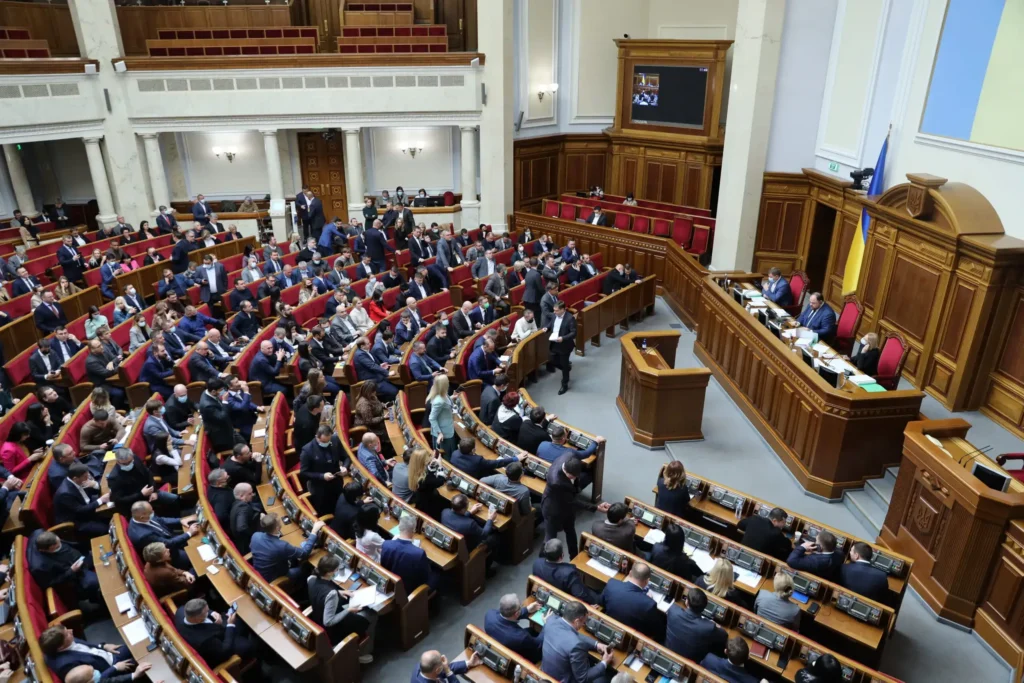Oil falls in price for the third day in a row: Russia is already paying $60 per barrel
5 September 09:06
Oil prices continued to decline for the third day in a row on Friday, heading for weekly losses for the first time in three weeks. The factors behind this are expectations of increased supplies in the market and an unexpected increase in crude oil stocks in the United States, "Komersant Ukrainian" reports citing Reuters.
According to OilPrice.com, futures for Brent crude oil fell by 15 cents, or 0.22%, to $66.84 per barrel as of 08:14 Kyiv time, while US WTI crude oil fell by 17 cents, or 0.27%, to $63.31.
By the end of the week, Brent fell by 1.78%, and WTI – by 1%.
OPEC’s plans
Crude oil remains under pressure due to concerns about the growth of supplies from OPEC, analysts at ANZ Research said in a Friday note. The market expects the group to increase its supply to the market to regain market share lost to US shale producers in recent years.
Reuters reported that the eight OPEC members will consider further production increases in October at a meeting on Sunday, citing two sources familiar with the discussions.
Another increase would mean that OPEC, which produces about half of the world’s oil, would begin to lift the second level of production cuts of about 1.65 million barrels a day, or 1.6% of global demand, more than a year ahead of schedule.
Дивіться нас у YouTube: важливі теми – без цензури
Supply and demand
Meanwhile, U.S. crude oil inventories rose by 2.4 million barrels last week as refineries began their scheduled maintenance season, data from the Energy Information Administration showed on Thursday. The market was expecting the opposite – a decline of 2 million barrels.
Stability in the downstream sector has been a key support for prices in recent months, BMI analysts said in a report, but refining margins are likely to be squeezed in the coming months due to slowing global demand growth and increased refinery maintenance.
This, in turn, will reduce refining, reducing demand for crude oil, BMI analysts added.
Supply risks, however, continue to cloud the market.
Is Russian oil needed?
US President Donald Trump told European leaders on Thursday that Europe should stop buying Russian oil, according to a White House official.
Any cuts in Russian crude oil exports or other supply disruptions could push global oil prices higher.
How to hurt Russia over oil
It is well known that Russia is critically dependent on its energy exports. First and foremost, on oil exports. In 2024, the Russian federal budget revenues from oil sales amounted to 9.19 trillion rubles (approximately $89.4 billion). Total budget revenues for this period amounted to 36.71 trillion rubles. Thus, the share of oil revenues in the total structure of Russian budget revenues in 2024 was approximately 25%
This indicates that, despite international sanctions and attempts to diversify revenue sources, oil remains a key source of financing for the Russian budget.
Russian Urals oil is traditionally sold at a lower price than Brent and WTI, and it is also subject to additional factors that raw materials from other countries do not experience, namely Western sanctions. However, during all three years of the full-scale war with Ukraine, Russia has been successfully selling its oil – its main buyers today are China and India.
The federal budget of the Russian Federation for 2025 included an oil price of $70. However, according to the Ministry of Finance, on September 3, the price of Russian Urals was $60.88 per barrel. Against this backdrop, the Russian state budget deficit has already amounted to 4.88 trillion rubles, or 2.2% of GDP, and more than a trillion of this has been accumulated over the past month. This hole in the treasury is almost 4.5 times higher than in the same period in 2024, when the deficit was 1.1 trillion rubles, or 0.5% of GDP.
So far, market analysts’ forecasts do not promise Russia any serious problems related to the oil price, as it still has a very large backlash for sales. According to economic expert Oleg Pendzin, even a price of $50 per barrel is still acceptable for Russia.
“Currently, the direct cost of Russian oil production is about $37-38 per barrel. This is the direct cost. The critical figure for Russia is the sales price of $45,”
– the economist explained exclusively for .
So the more likely way to hurt Russia over oil is still to increase sanctions, including secondary sanctions against its buyers. The point of this step is to make it physically impossible for Russia to sell large volumes of oil and thus receive funds to continue its aggressive war of aggression. Trump’s tariffs against India are aimed at exactly that.
Читайте нас у Telegram: головні новини коротко









